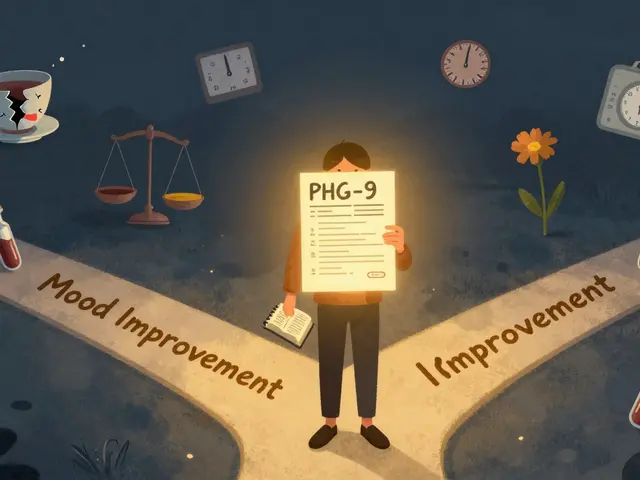Antibiotic Skin Testing: What It Checks and Who Needs It
If a doctor once told you to avoid penicillin or other antibiotics, a skin test can help clear things up. Most antibiotic skin testing focuses on penicillin because true IgE-mediated (immediate) penicillin allergy is rare, and many people labeled “allergic” can actually take penicillins safely after testing. The point of the test is simple: find out if your body will react immediately (within minutes to an hour) to that drug.
How the test works and what it shows
The clinic uses tiny amounts of penicillin extract on your skin. First, a prick (like a small scratch) applies the solution. If that’s negative, a tiny amount is injected just under the skin (intradermal). The nurse or allergist watches for a raised, red bump that looks like a mosquito bite. A clear reaction usually means an IgE allergy. A negative test means an immediate allergy is very unlikely, though it doesn’t rule out delayed rashes or other non-IgE problems.
Keep in mind: skin testing is most accurate for penicillin-family antibiotics. Tests for other antibiotics are limited or not standardized. If your reaction was a delayed rash (days later), severe blistering, or organ involvement, skin testing usually won’t help and you’ll need a different approach.
Practical steps: before, during, and after
Before the test: stop antihistamines (like loratadine, cetirizine, diphenhydramine) for at least 48–72 hours because they can mask a reaction. Tell the clinic about steroid use or other meds — your provider will advise if anything else needs to pause. Bring a list of past reactions (what drug, what happened, when) and any current meds.
During the test: it takes under an hour. You’ll be monitored and the team is ready to treat a reaction if one happens. Serious reactions are uncommon because the doses used are tiny.
After the test: if it’s negative and your history fits, your doctor may recommend an oral challenge—taking a supervised dose of the antibiotic to confirm safety. If the test is positive, your doctor will outline safe alternatives and possibly an allergy action plan.
Alternatives and next steps: when skin testing isn’t useful, blood tests (specific IgE) or a monitored graded oral challenge may be options. For people who need a drug they’re allergic to, allergists can perform desensitization in a controlled setting so the medication can be used safely for a short course.
Bottom line: if you carry an antibiotic allergy label, ask about skin testing—especially for penicillin. It’s a quick, practical way to improve treatment options and avoid unnecessary broad-spectrum antibiotics. Talk to an allergist or your primary care doctor to see if testing fits your situation.
Alternatives to Keflex: What to Prescribe If Your Patient Is Allergic
Stuck when your patient breaks out in hives after Keflex? This article digs deep into what to prescribe instead. Find out how cross-reactivity really works, which antibiotics are safest, and how skin testing protocols can clear confusion. With practical facts, real clinical tips, and a handy reference chart, you'll be prepped to make fast, evidence-based choices when Keflex isn’t an option.






